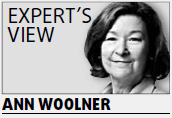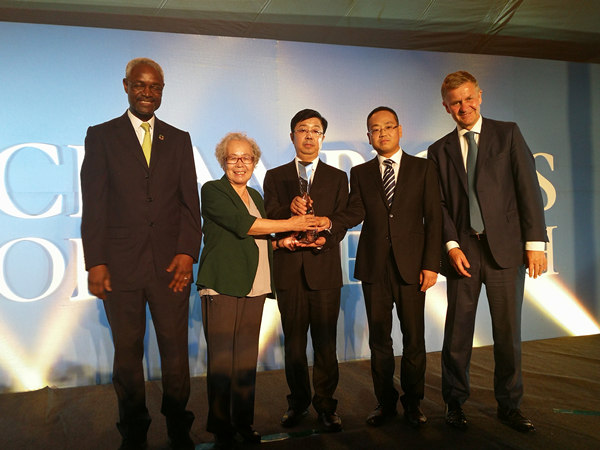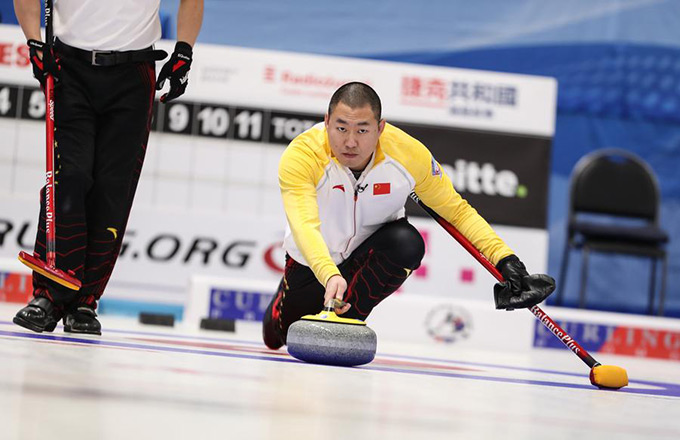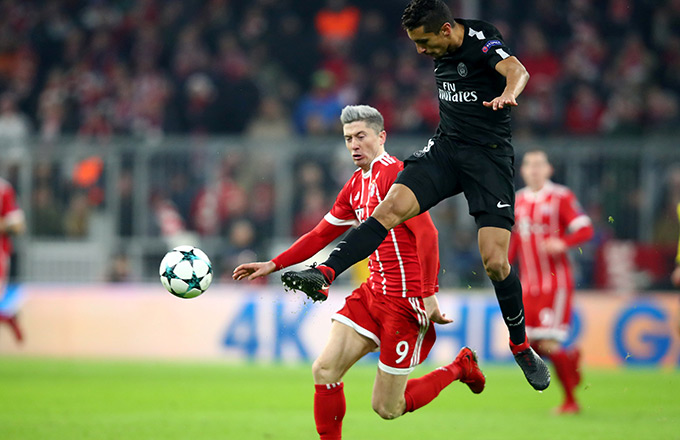

Plenty of folks would like to jail anyone and everyone on Wall Street whose reckless conduct and lies to investors helped sink the economy and cost them their jobs, their homes and their retirement savings.

All the better if these over-paid cowboys had anything to do with a hedge fund, which much of America considers mysterious and a path to riches out of reach of regular people.
Federal jurors in Brooklyn had that chance in the fraud case against two former Bear Stearns Cos hedge-fund managers. After three weeks of testimony and nine hours of deliberation, they declined.
They didn't go for the government's claim that Ralph Cioffi and Matthew Tannin were telling investors one rosy thing about their funds and e-mailing each other the truth: that the funds were doomed.
Not guilty
Investors lost $1.6 billion. This month a jury found the pair not guilty of fraud and conspiracy.
As rich a vein as e-mail offers prosecutors, it isn't everything, not even in these angry times. Cyber messages tapped out so candidly, that looked so incriminating when disclosed in an indictment, looked grayer when offered in full and in context with other messages.
"The e-mails went both ways," the jury forewoman, Jenny McCaughey, said afterwards.
Consider a memo that Tannin e-mailed to Cioffi in April 2007.
Ugly subprime market
"The subprime market looks pretty damn ugly," he wrote. This worried him because their funds were loaded with securitized subprime assets.
If internal analyses are right, "the entire subprime market is toast" and "we should close the funds now", Tannin wrote.
Well, there you go. Clear evidence that even as he was taking in more investors' money, Tannin knew the jig was up, right?
Read on. It turns out he's not sure those analyses are correct. Should he believe the optimists or the pessimists, he wonders.
What's a juror to make of that? The bulk of Tannin's memo and of Cioiffi's reply sounds negative, but there's enough of a debate to leave jurors asking for something stronger.
That's the problem with counting on e-mail to carry your case. It seems to show true intent and frame of mind.
But it's a fleeting snapshot. Give jurors more snapshots, and they can't say beyond reasonable doubt that the government's interpretation is the right one.
It's true that prosecutors five years ago persuaded a federal jury in New York to convict hi-tech investment banker Frank Quattrone of obstructing justice on the basis of one single e-mail sent among a flurry of them one Sunday afternoon.
But Quattrone's conviction didn't stick and the verdict was set aside on appeal two years later.
Insider trading
At least the insider trading cases brought last month against 20 hedge-fund managers, traders and corporate insiders involve actual conversations among the accused, thanks to wire taps. And five of the accused have pleaded guilty and are presumably spilling their guts.
But then, the Cioffi and Tannin case sounded like a sure thing at first, too.
"These two defendants lied to their investors to save their multimillion-dollar bonuses," Assistant US Attorney Patrick Sinclair told jurors when the case opened.
Evidence
Not even those bonuses could motivate jurors to convict once they began looking for more incriminating evidence than the government had.
Juror Serphaine Stimpson said afterwards she came into the case believing the pair was guilty. The more she heard, the more innocent they sounded.
"They were scapegoats for Wall Street," she said she concluded. "All eyes were on the trial. It's Bear Stearns we're talking about," the 27-year-old Brooklyn College office coordinator pointed out.
These two might still face wire fraud charges in federal court in Manhattan. But if the government threw all it had into this first trial, and if this is the strongest case they had against Wall Street, then maybe anyone looking for more shoes to drop can come out of hiding.
Ann Woolner is a Bloomberg News columnist. The opinions expressed in the article are her own
(China Daily 11/16/2009 page11)













